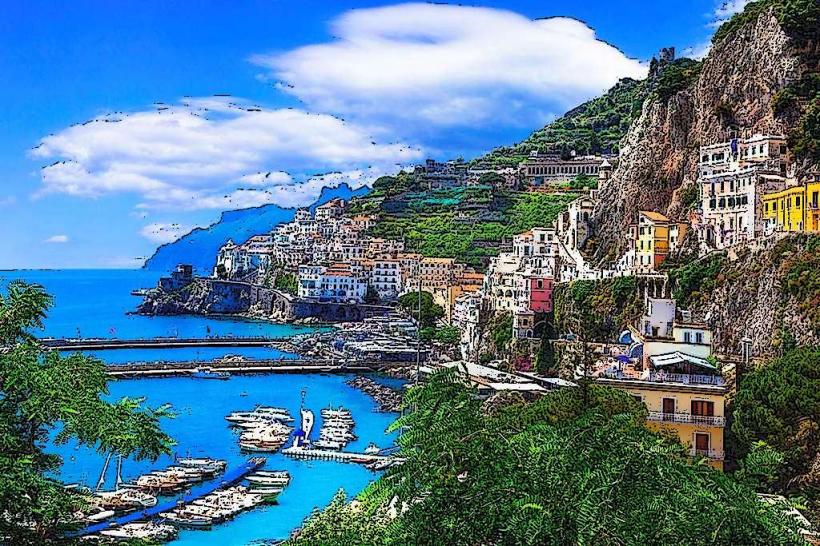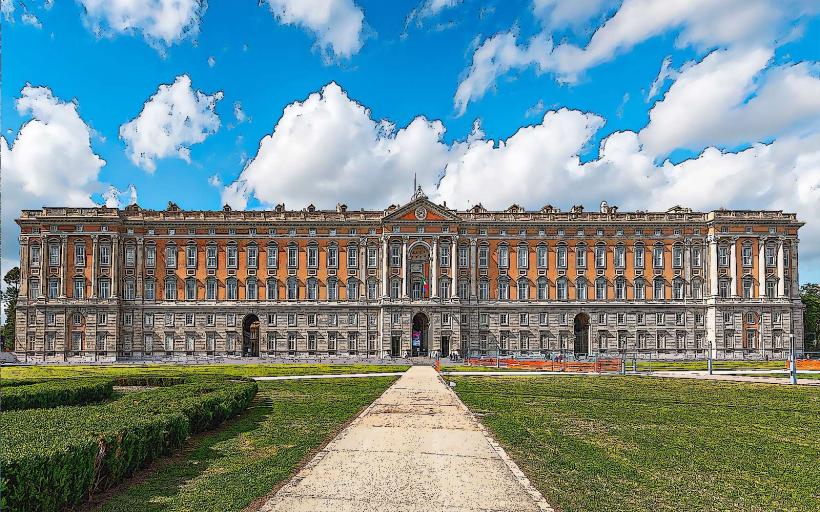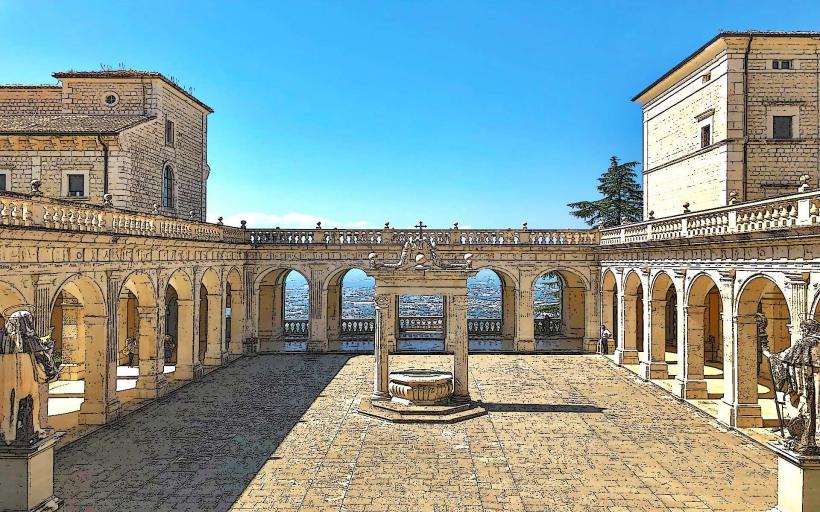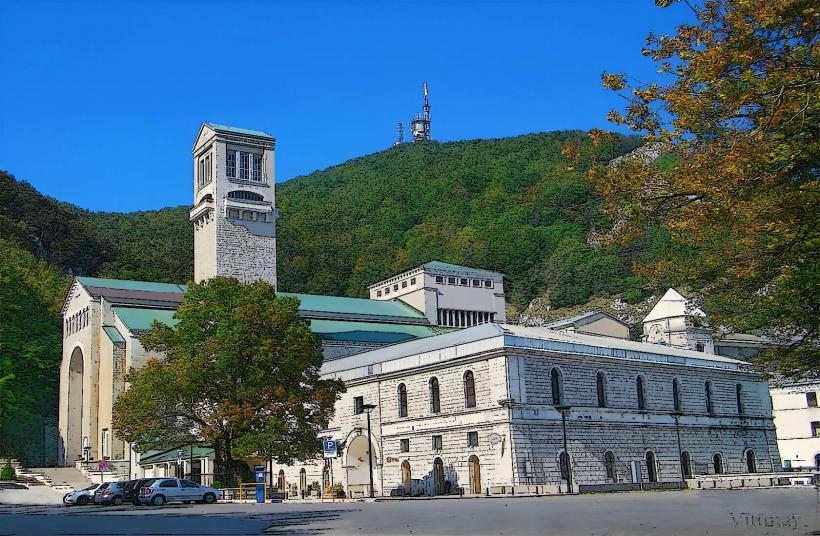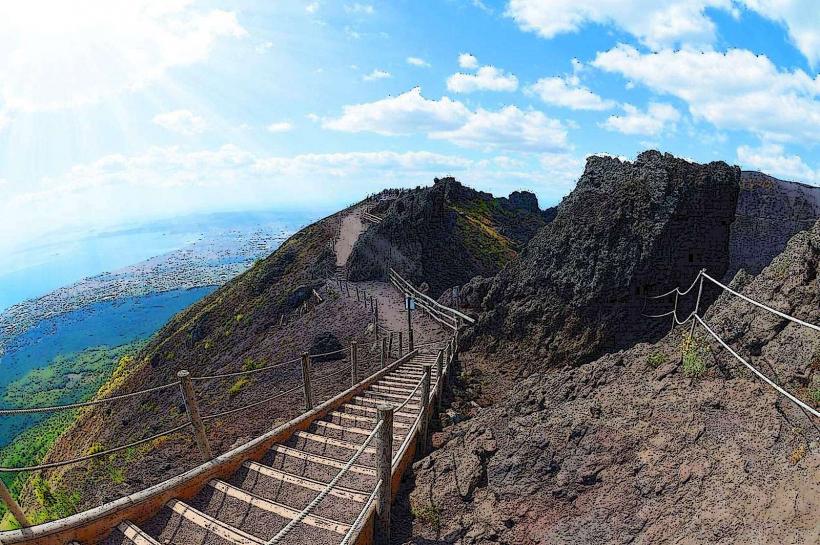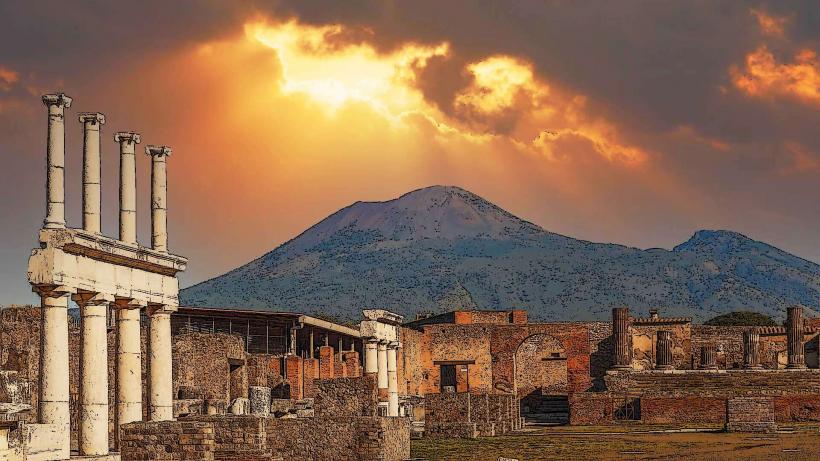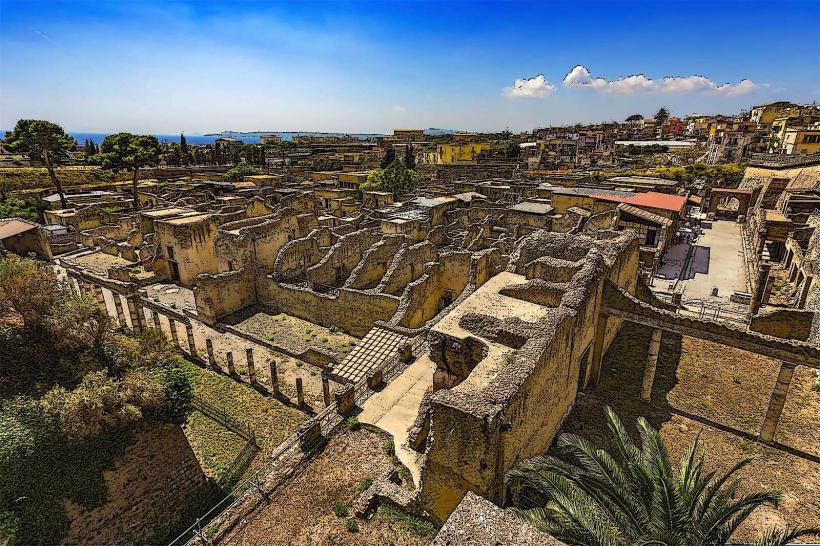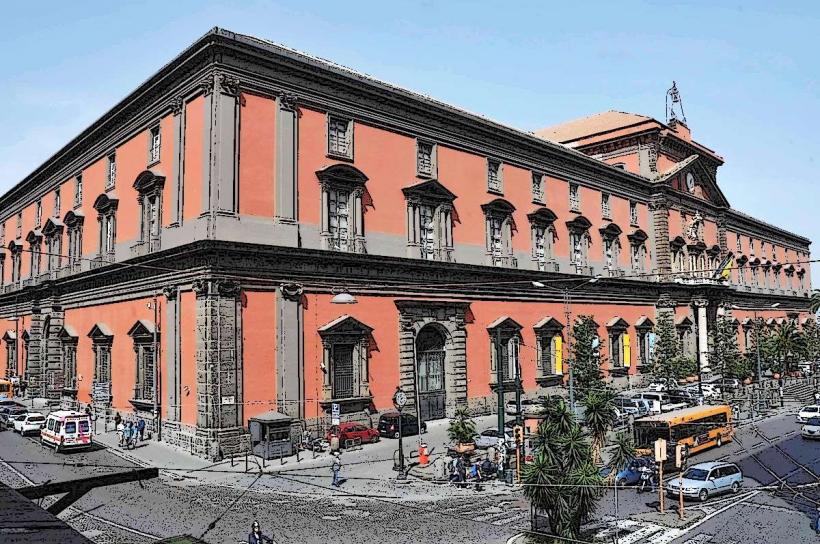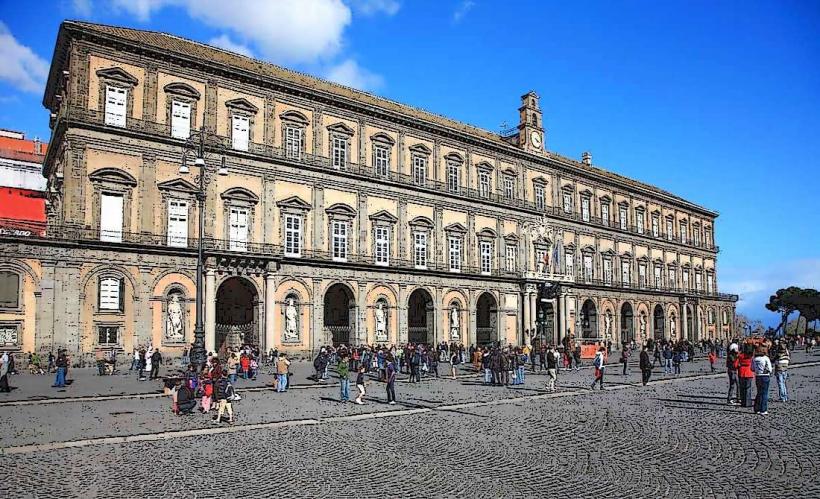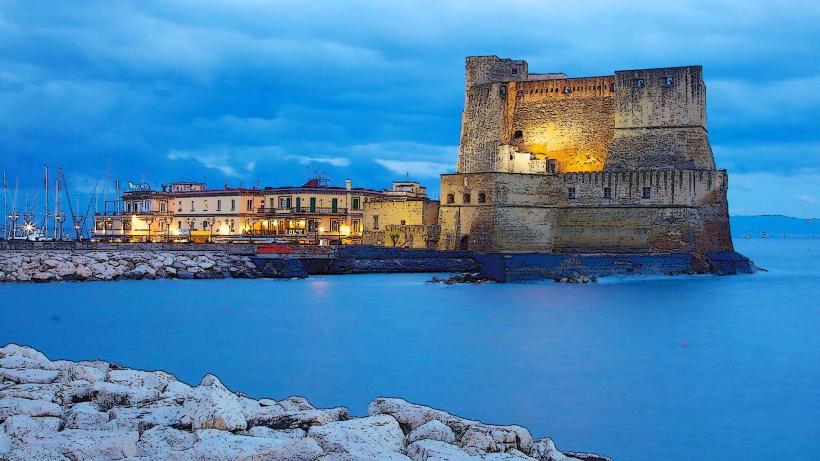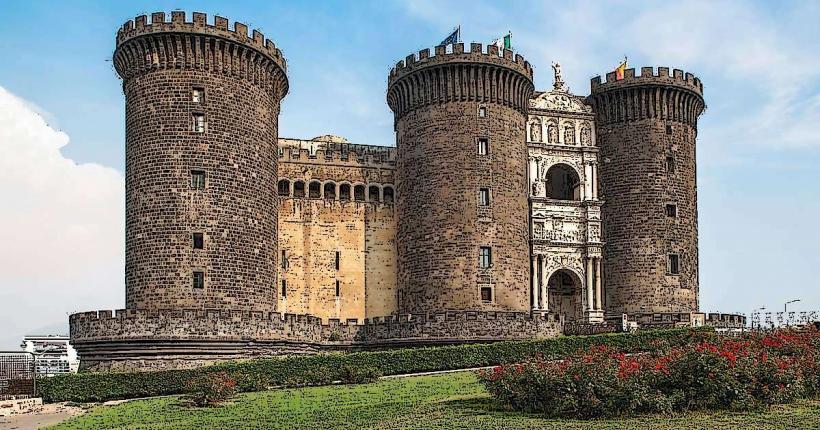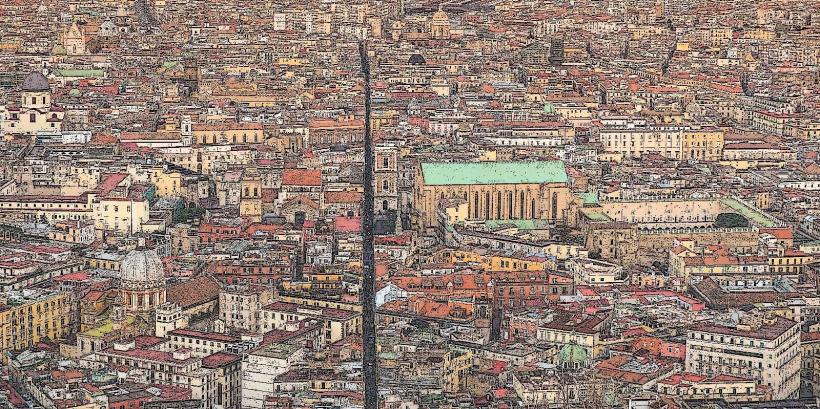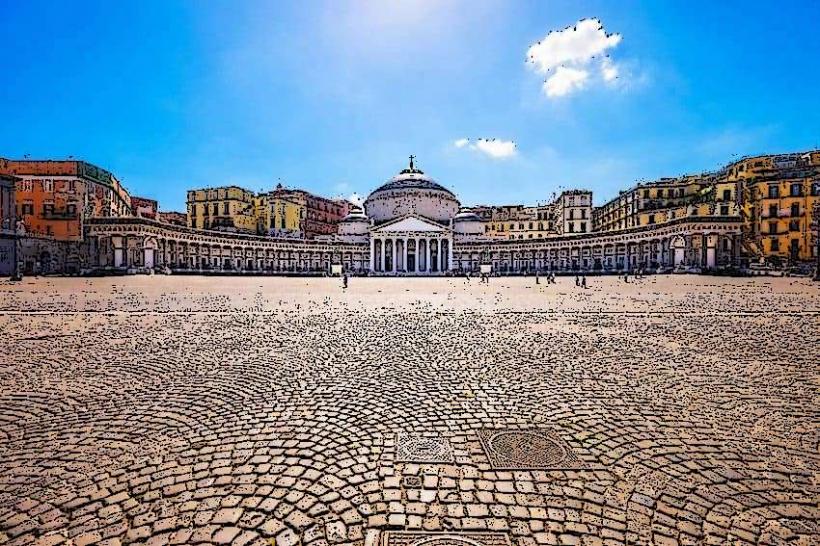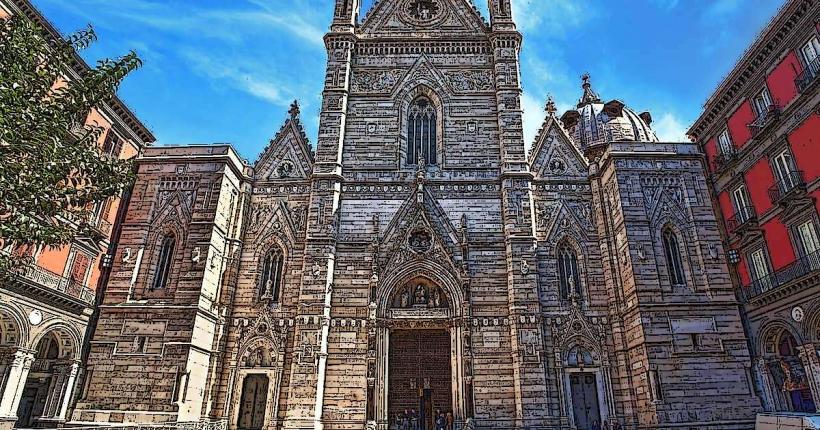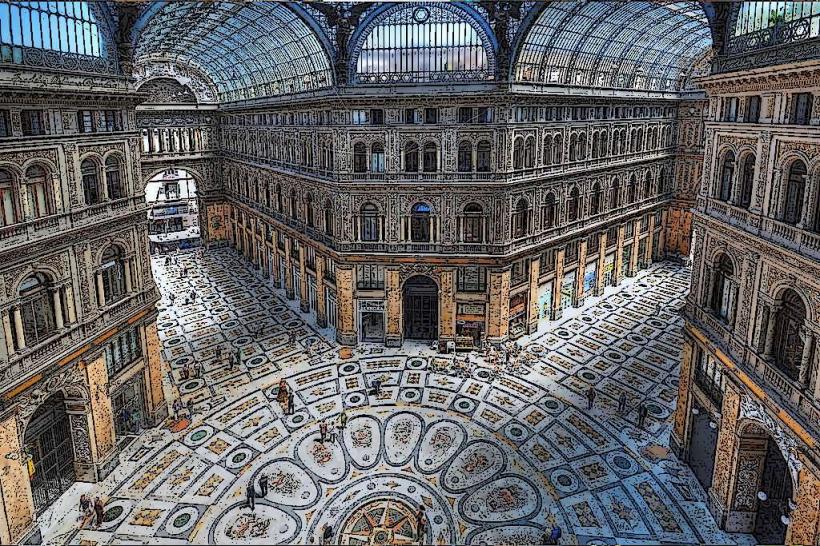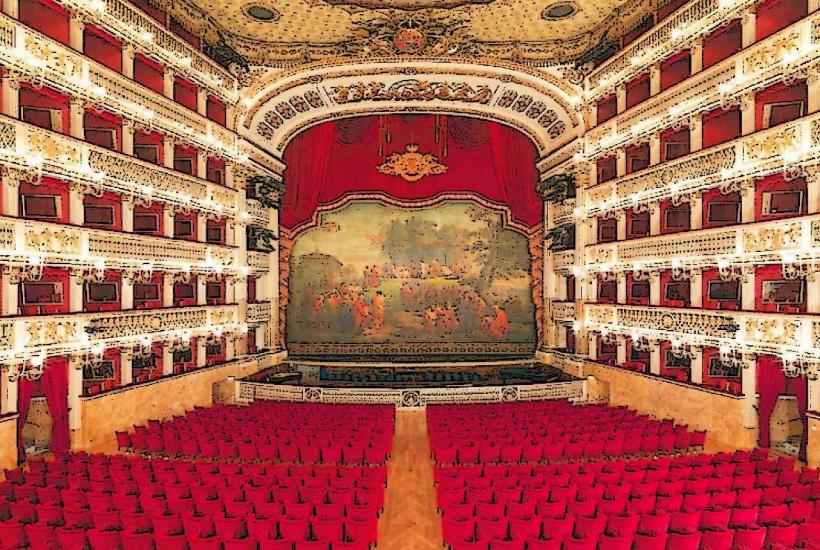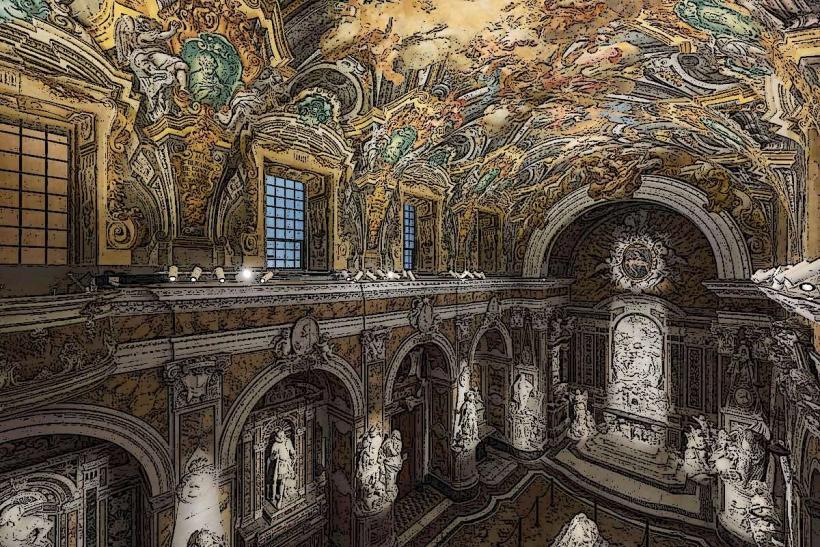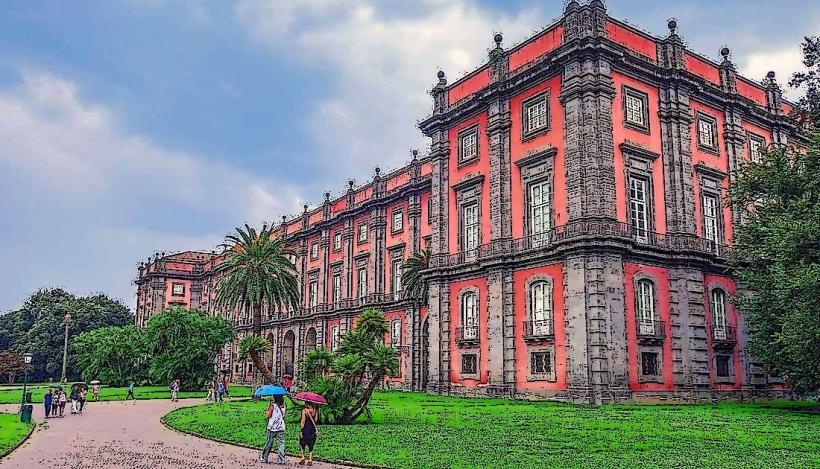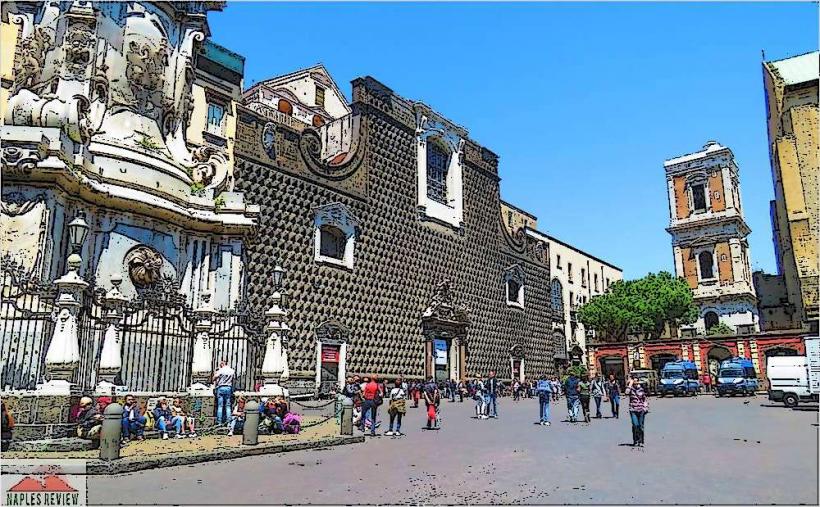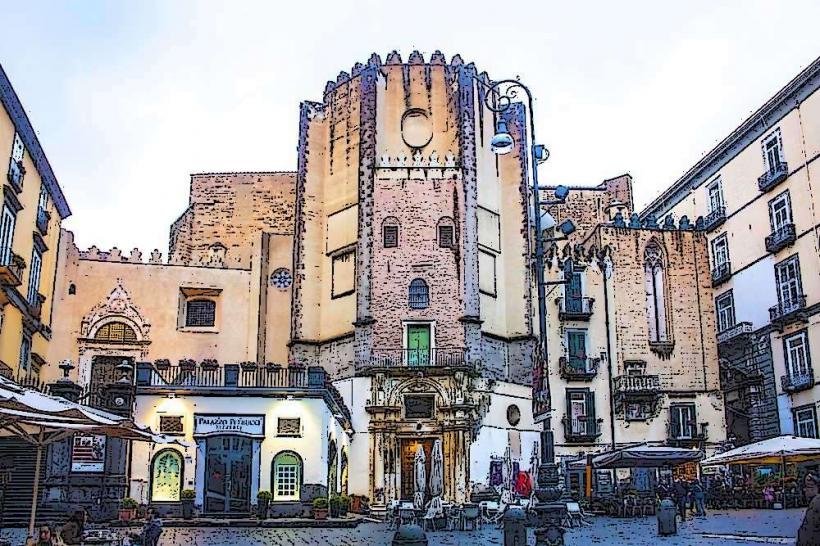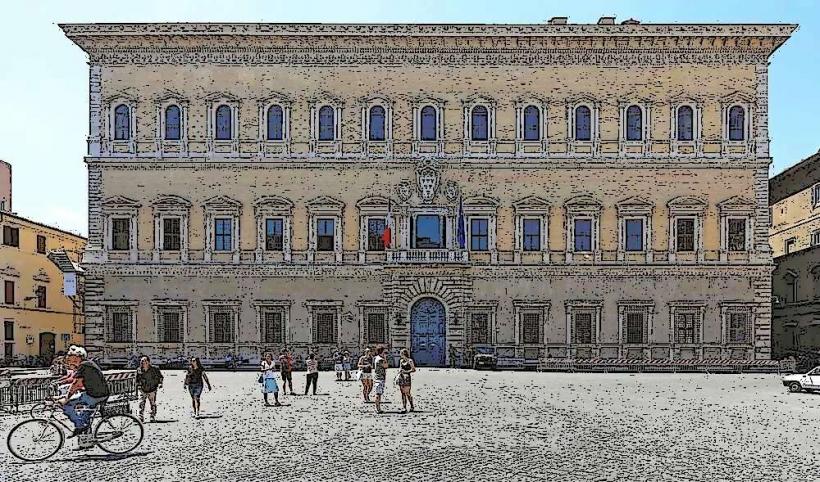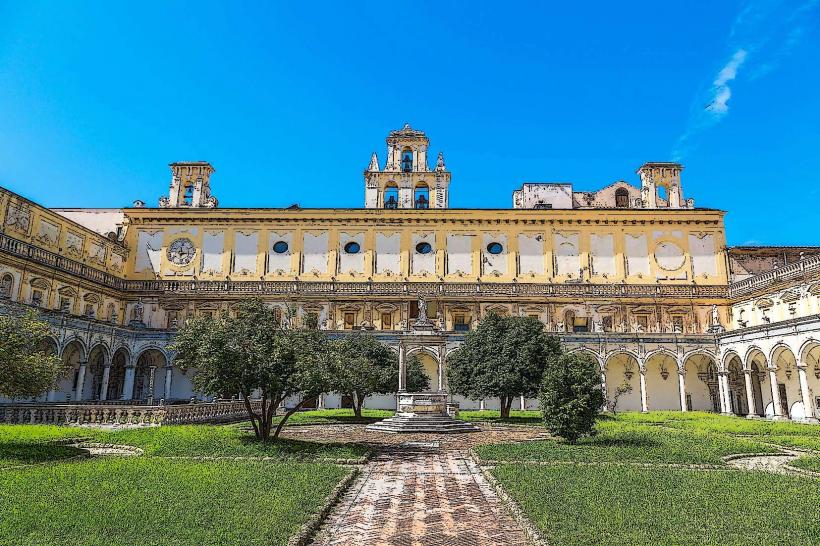Information
Landmark: Royal Bourbon TunnelCity: Naples
Country: Italy
Continent: Europe
The Royal Bourbon Tunnel (Italian: Galleria Borbonica) is a fascinating and historical underground passage in Naples, Italy. It was built in the early 19th century during the reign of the Bourbon King Ferdinand I of the Two Sicilies and served a variety of purposes over the years. The tunnel is a captivating example of engineering, history, and Naples' layered past. Here’s a detailed look at this remarkable underground structure:
1. Location and Overview
- The Royal Bourbon Tunnel is located in the heart of Naples, beneath the Piazza del Plebiscito and the Palazzo Reale (Royal Palace of Naples). It stretches across the city’s historic center and reaches Via del Molo near the harbor.
- The tunnel was originally designed to be a strategic escape route for the Bourbon royal family in times of unrest, but over the centuries, its uses evolved in unexpected ways, contributing to its rich historical significance.
2. History and Construction
- The tunnel was commissioned by Ferdinand I of Bourbon in 1853 as part of a broader urban project to connect the Royal Palace of Naples with the seafront. This would provide the Bourbon monarchy with a quick escape route in case of a popular revolt or other threats to their power.
- The tunnel was built by Giuseppe Battaglia, a military engineer, and its construction involved a combination of manual labor and more modern engineering techniques for the time, including the use of stone masonry.
- The tunnel also served military purposes, enabling the Bourbon army to move more efficiently around the city. It was used as an ammunition depot and shelter during the Second World War when it was repurposed for civilian protection from air raids.
3. Structure and Design
- The tunnel stretches over 1.5 kilometers (about 1 mile) in length and is built in a horseshoe shape, with arched ceilings supported by sturdy stone walls. It passes through a series of rooms, galleries, and chambers, some of which were used for specific purposes like storage or defense.
- The tunnel’s design features ventilation shafts and exit points to ensure air circulation and safety for those using it. Today, visitors can explore different sections of the tunnel that have been preserved and restored.
4. Key Features and Attractions
- Entrance and Exit Points: The tunnel has multiple entrances and exits. The most famous one is from the Royal Palace of Naples and the Piazza del Plebiscito. It also opens to the Via del Molo, providing access to the seafront.
- Exhibition and Historical Artefacts: Throughout the tunnel, there are various historical exhibits that showcase objects and relics from different periods. These include antique cars, old tools, and war artifacts that were left behind during its use as a shelter in World War II.
- Neapolitan Resistance Museum: One of the most poignant sections of the tunnel features exhibits related to the Neapolitan Resistance during World War II. The tunnel was a key site for local people seeking shelter from air raids, and it played an important role in the city’s wartime history.
- Artwork and Graffiti: As visitors explore the tunnel, they can find remnants of graffiti and paintings created by people who used the tunnel over the years, adding a unique touch to its historical narrative.
5. Uses Throughout History
- Escape Route and Military Use: Initially, the tunnel was conceived as a secret passage for the royal family to escape in case of civil unrest. It was also used by military units to traverse the city without being detected, especially in times of danger.
- World War II: During World War II, the tunnel became a bomb shelter for citizens seeking refuge from Allied bombings. It was part of a network of underground shelters used by the civilian population, making it an important historical site for understanding the city's wartime resilience.
- Modern-Day Usage: Today, the tunnel serves as a tourist attraction and a museum, offering visitors a chance to explore its various historical layers, from its royal origins to its wartime history.
6. Tourism and Visitor Experience
- Guided Tours: The Royal Bourbon Tunnel is open to the public, and visitors can take guided tours to explore the underground passage. These tours provide insight into the tunnel’s multifaceted history, the engineering behind its construction, and its significance during different historical periods.
- Accessibility: The tunnel is fairly easy to access from the Piazza del Plebiscito, and the guided tours generally last about 1-2 hours. The tunnels are well-lit, and the path is relatively easy to walk, though visitors should be prepared for some uneven terrain in certain parts.
- Tickets: Admission is generally affordable, and there are discounts available for students, groups, and families.
7. Key Highlights for Visitors
- Cavernous Rooms: The cavernous rooms and wide passageways give a sense of how large and extensive the tunnel network is. Some of these spaces were used for storage, while others served as military depots or shelters.
- Historical Artifacts: Among the fascinating items on display are the old cars and vintage motorcycles left behind during the 20th century, adding a quirky and personal element to the museum.
- World War II Sections: A particularly moving part of the tour is the visit to sections of the tunnel that were used by civilians during the air raids, where visitors can learn about the Neapolitan resistance and see photos from the war.
8. Conclusion
The Royal Bourbon Tunnel is not only an important piece of engineering but also a rich repository of Naples’ history. From its origins as a royal escape route to its later role as a bomb shelter in World War II, the tunnel has witnessed many key moments in the city’s past. Today, it offers a unique opportunity for visitors to explore an underground world that reveals much about the city’s heritage. Whether you're interested in history, architecture, or simply want to experience something a little different, the Galleria Borbonica is a must-visit attraction in Naples.

